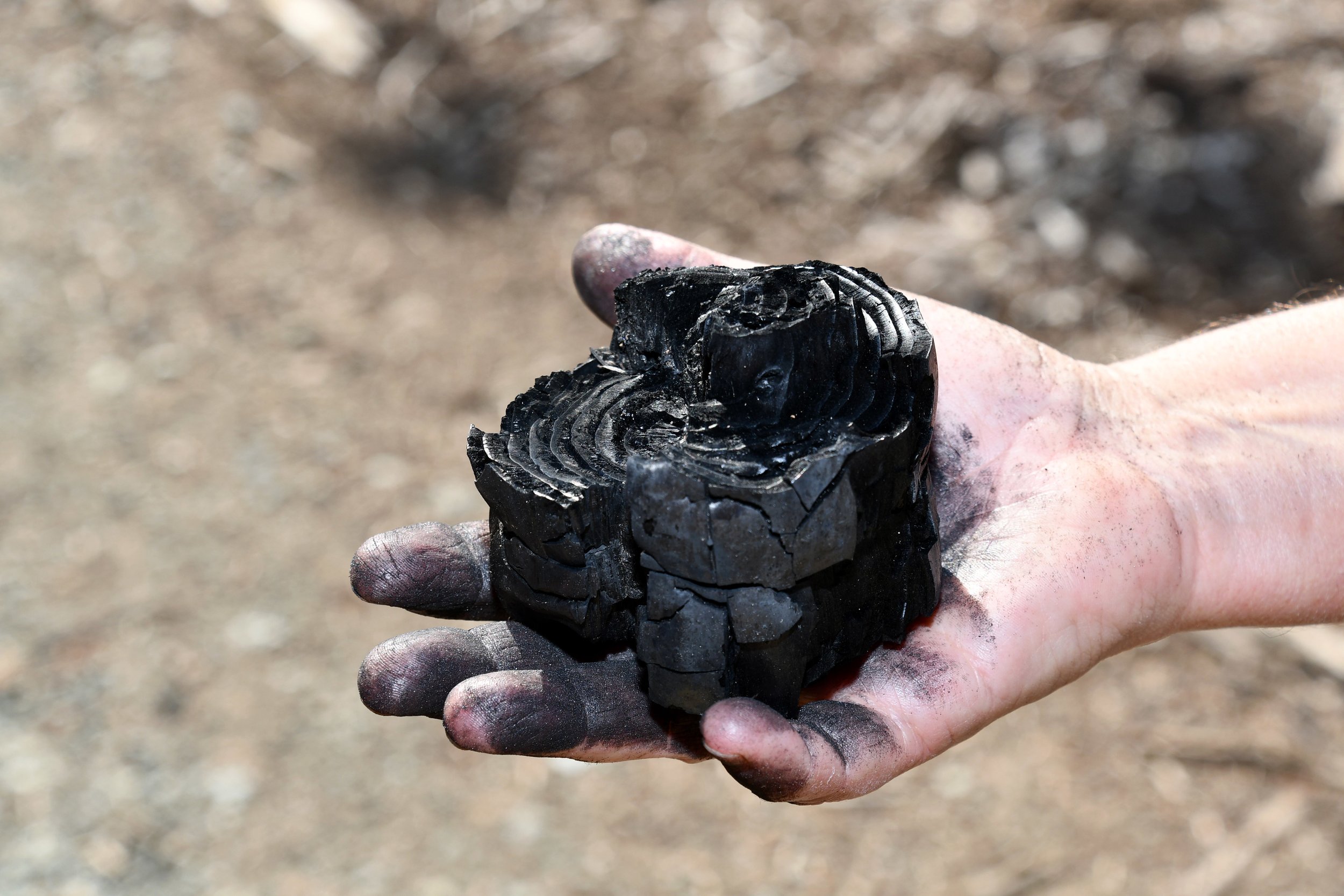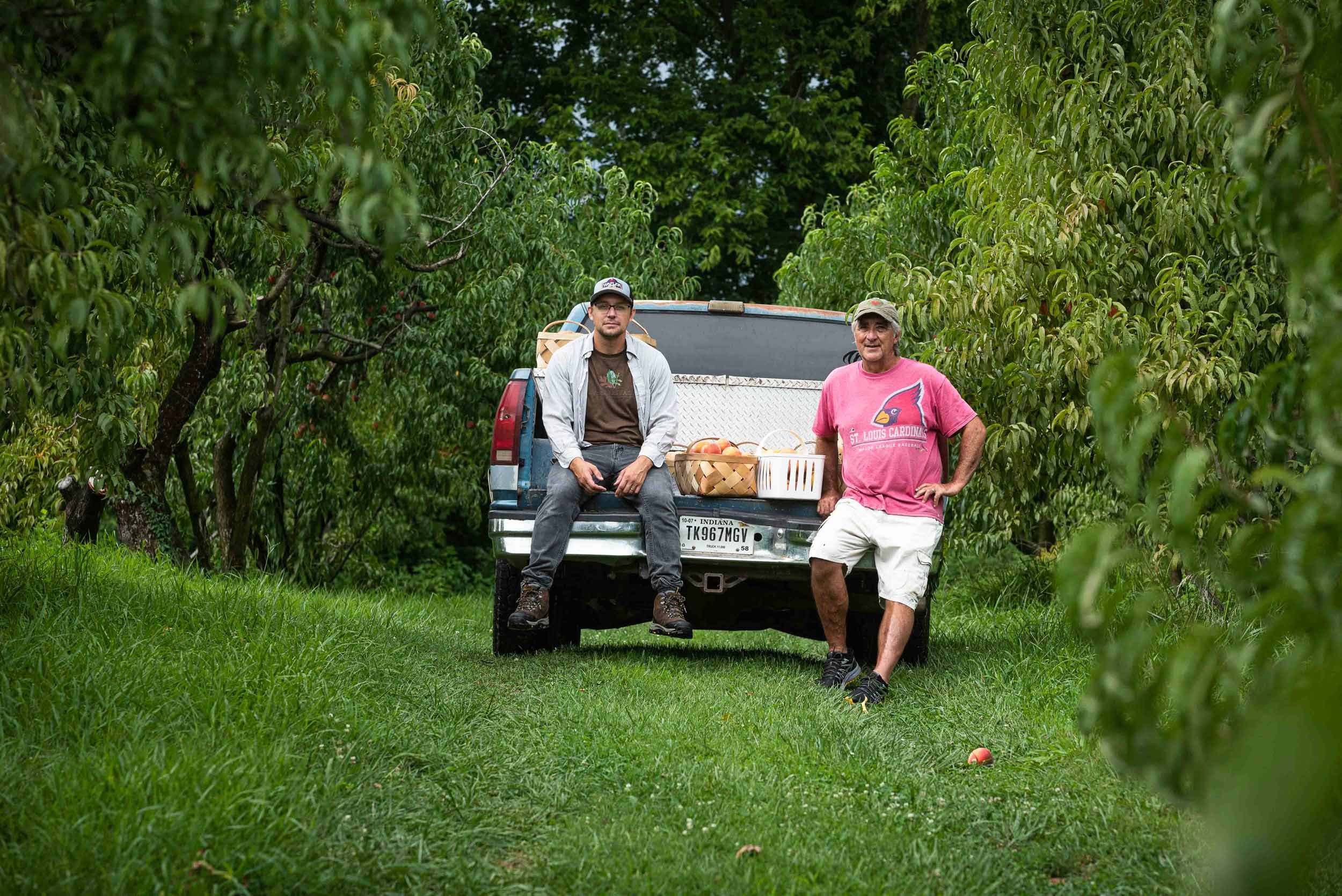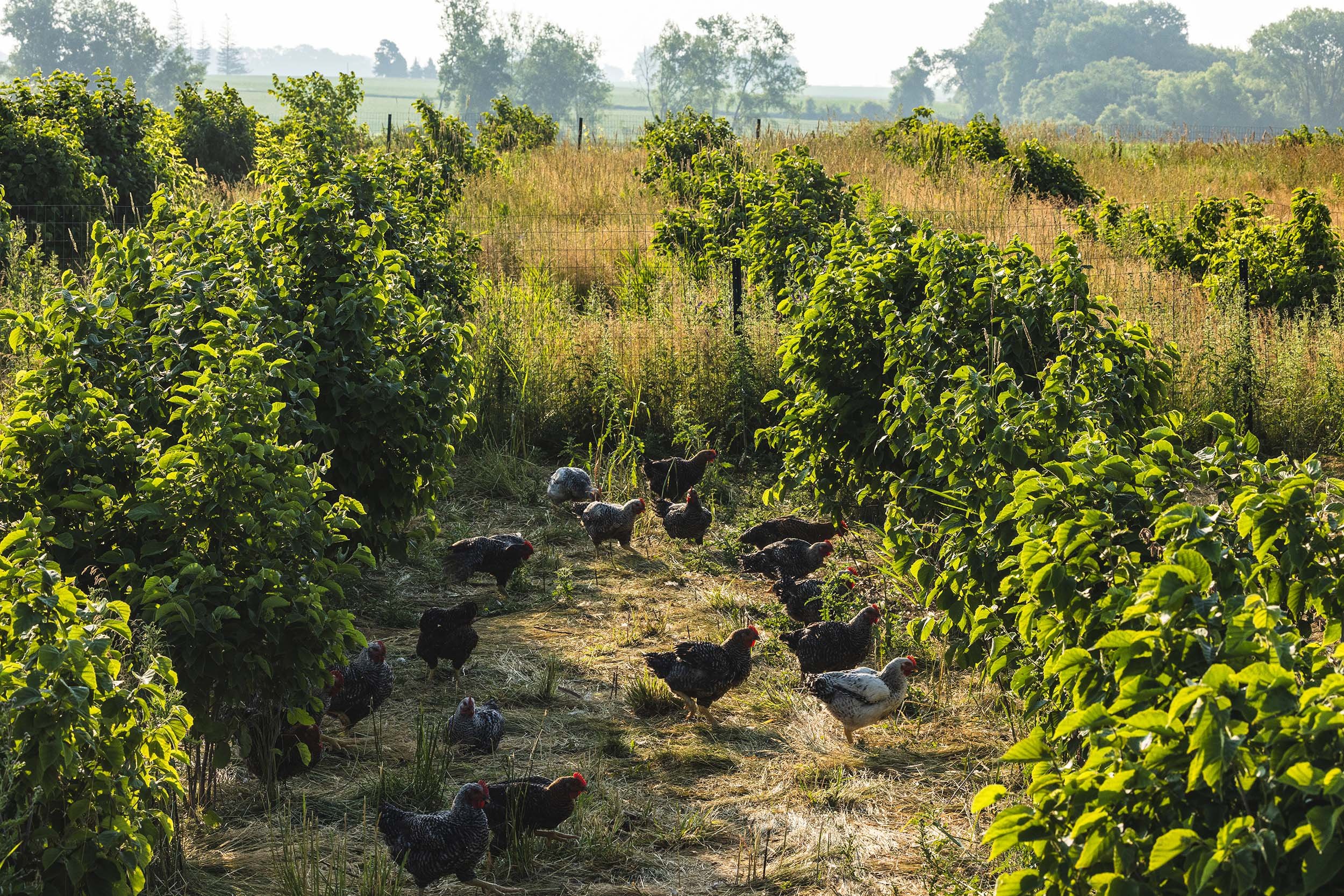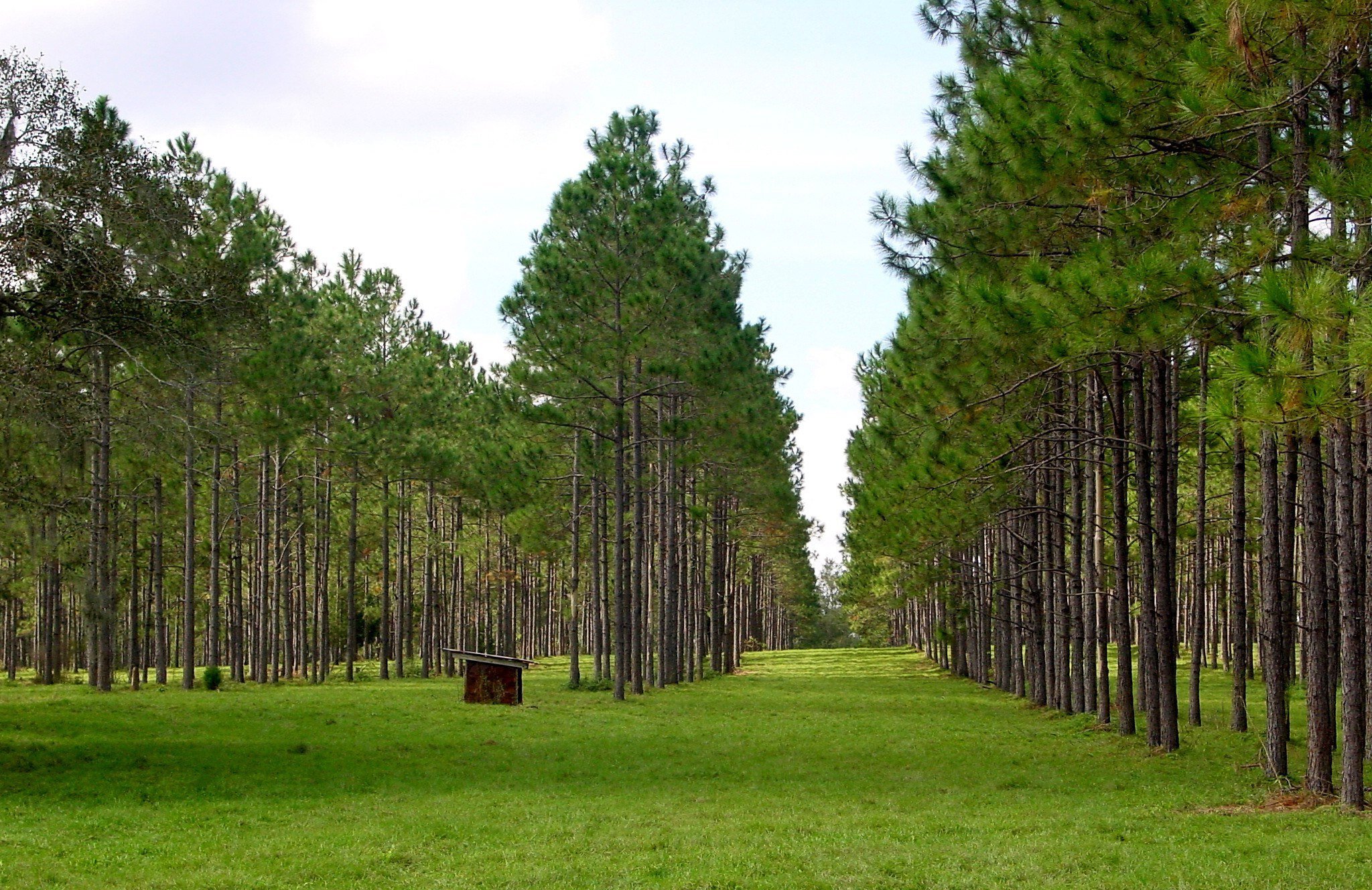Biochar’s Big, Carbon-Rich Moment?

Experts and advocates say it’s time to address the soil amendment’s limitations so that its potential as an agricultural climate solution can be realized.
On the day the Tigercat carbonator — a machine that looks like a giant metal dumpster mounted on Snowcat-style treads — arrived in western Montana from Oregon, Michael Schaedel set to work navigating “a colossus” over narrow, rolling forest roads.
As a forester with The Nature Conservancy, Schaedel works to thin and restore 500,000 acres of former industrial timberland to make it more resistant to wildfires. And he collects debris and burns it in piles so that it doesn’t become fuel for future fires. It’s a common practice, but it releases carbon dioxide into the atmosphere. So he and others are looking to the carbonator —which burns the material in a way that traps carbon and creates a product called biochar —instead.
After two weeks of trying it out, he was impressed with the results. His team was burning debris that would fill 60 to 80 dump trucks daily with little to no smoke. But the second half of their plan is bound to be more difficult. Schaedel’s team hopes to convince western Montana farmers to take the biochar and add it to their soils…
This article was produced in partnership with Civil Eats.
Lisa Held is Civil Eats’ senior staff reporter. Since 2015, she has reported on agriculture and the food system with an eye toward sustainability, equality, and health, and her stories have appeared in publications including The Guardian, The Washington Post, and Mother Jones. In the past, she covered health and wellness and was an editor at Well+Good. She is based in Baltimore and has a master's degree from Columbia University's School of Journalism.






